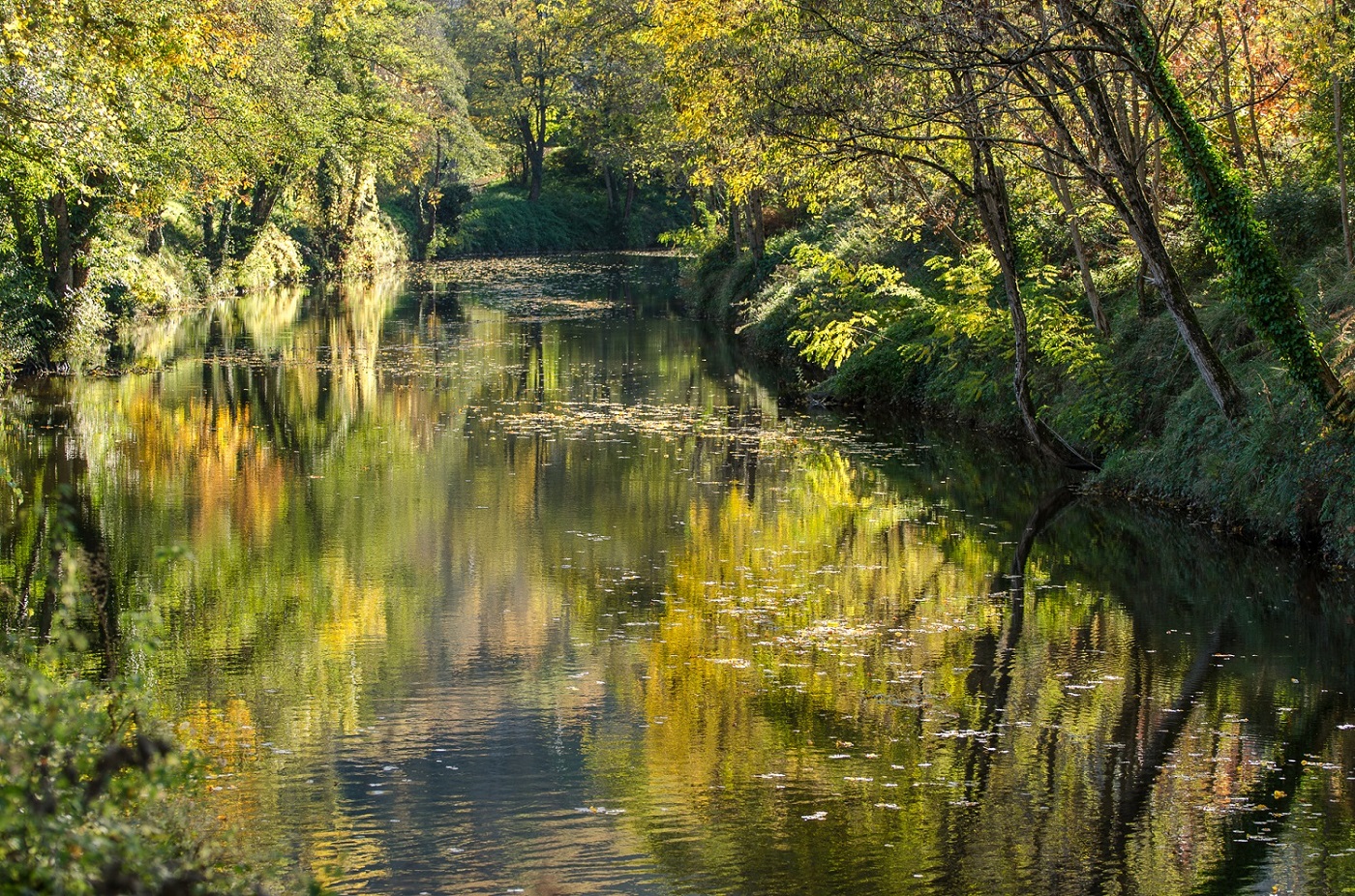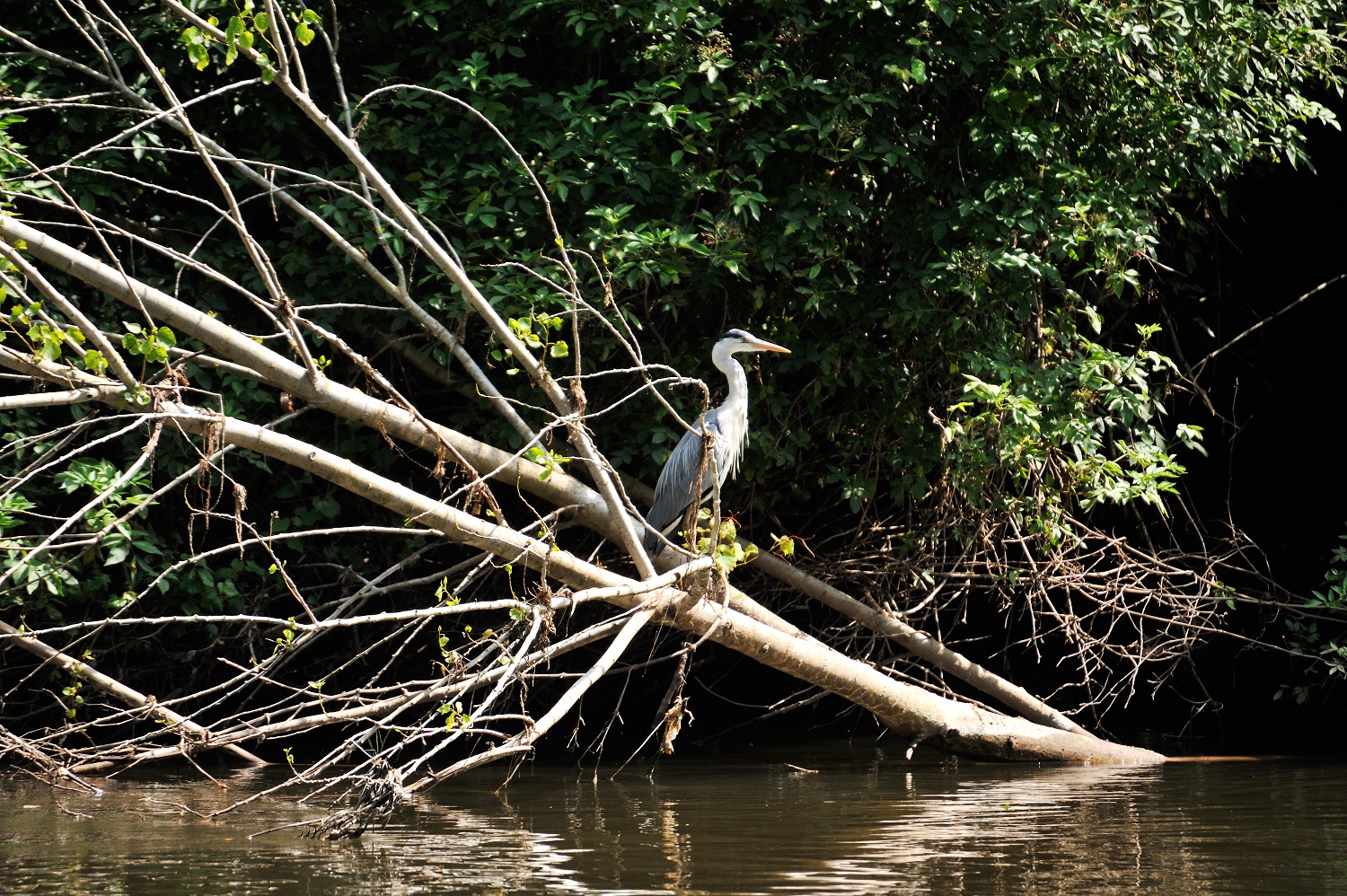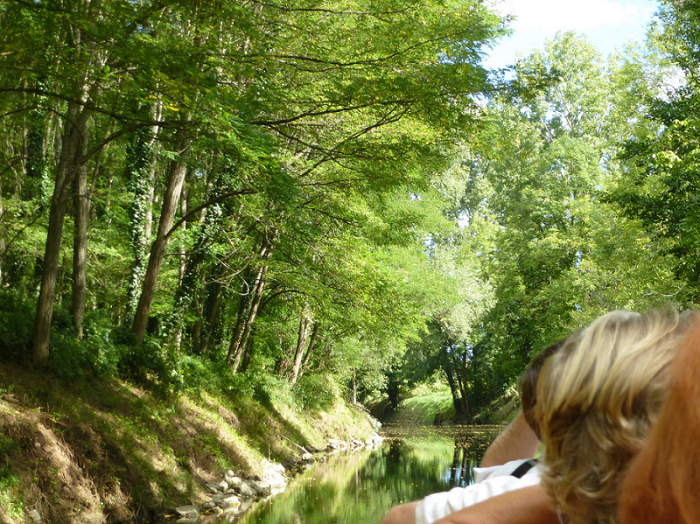The River Lot
THE RIVER
The River Lot was known in earlier days as the “Oltus”, by the Gallo-Roman, and the “Olt”, in Occitan. Its source is located atop the Mont Goulet in the Lozère department, from which the river meanders over 485 km into the Garonne River near Aiguillon (Lot-et-Garonne). What are its specific characteristics? Its shallow depth averaging only 1.50m, its many bends and the diversity of its landscapes – from the immensity of the cliffs to the intimacy of its diversion canals.
This river has always been an essential communication route for human activity, transporting goods and passengers from bank to bank, village to village and region to region. In the golden ages of the Gabariers, the Lot was the lifeblood of the local economy.
Although it was removed from the list of Navigable Waterways of France in 1926, sailing resumed on the River Lot in 1990. The canals were cleaned up and 17 locks rehabilitated to reopen 74 km of the river between Larnagol and Luzech. New vessels were introduced, from self-piloted pleasure crafts and gabarots, to passenger gabare boats, canoes, pedalboats, kayaks and paddleboards.
WILDLIFE
The cliffs are the best possible safe haven for birds. Many brown crag martins and house martins dwell in the cliffsides, both migratory birds. They fly up from Northern Africa and stay from June until September, finding the same nest each year to welcome new chicks. Other species include alpine swifts, pigeons, jackdaws and ravens, as well as three protected birds of prey: peregrine falcons , Eurasian eagle-owls, and short-toed snake eagles.
“Ash-covered herons”, more commonly known as grey herons, can often be spotted near causeways. Fish are forced to show themselves when crossing the dams, making it easy for herons to catch a snack. Ducks, little egrets, great cormorants, great wagtails and kingfishers can be added to the list of feathered river inhabitants.
Fish are also plentiful in the Lot as it is a very clean river. It is known to be home to many carnivorous fish including zanders, perch, black-bass,and its emblematic fish - pike. Let's not forget catfish, that eat all the others, and carp that have been known to grow to over 20kg.
VEGETATION
The diversion canals are a wonderful place to observe the vegetation of the Lot. The trees have grown since navigation ceased in 1926. The largest trees are poplars, while the most abundant are robinias and walnut trees. Cro-Magnon man consumed the nuts, and in the Middle Ages, walnut oil had great commercial value in trades. You can also find ash, elderberry and alder trees, white willows, fig, dog rose, hazelnut and linden trees. These trees play an important role, as their roots prevent the banks from collapsing and help fight erosion caused by flooding.
One plant species has a peculiar story: Asian knotweed. It was once imported from Japan to feed the animals. When it was found to have no nutritional value, it was too late. The plant had already invaded the banks. Other seasonal plantlife includes evening primrose, used in cosmetics, and sapponaria (or soapworts), once used to wash clothing.
100 years ago, the landscapes in this area were baren pastures. Today, it is one of the most wooded areas in France.



